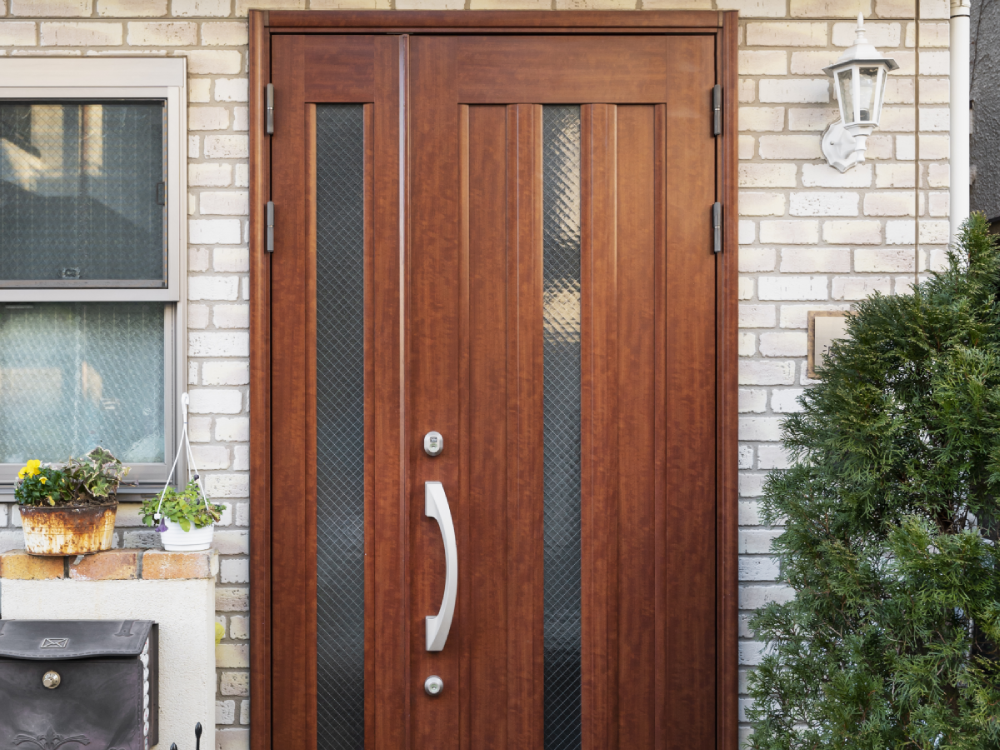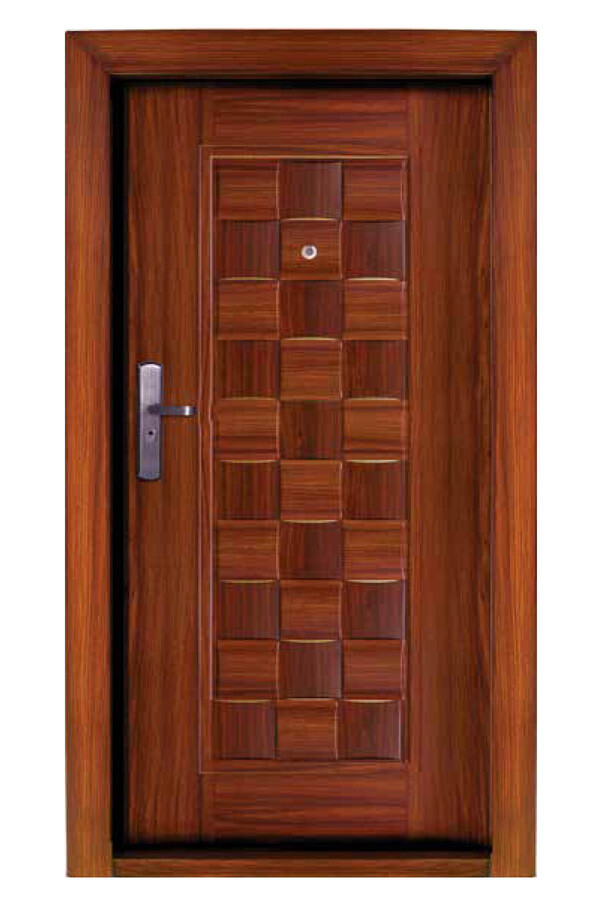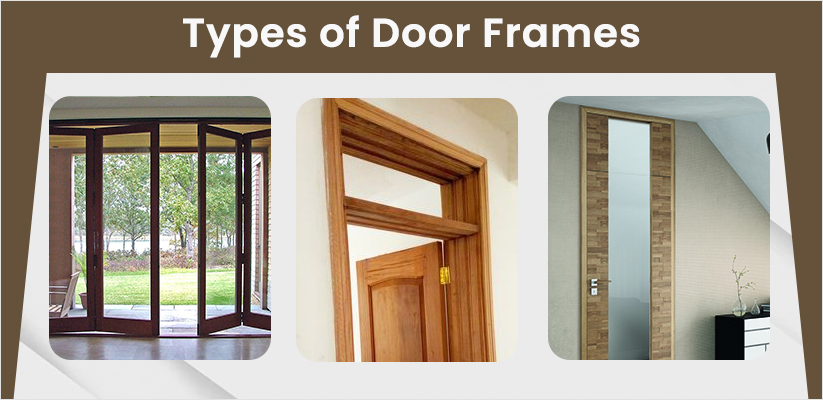
We often take them for granted, but doors are fundamental to our daily lives. They separate spaces, provide privacy, and offer security. But a door is much more than just a barrier; it’s a threshold, a transition, a portal to new experiences. Let’s delve into the diverse world of doors, exploring their history, types, materials, and cultural significance.
The History of Doors
The concept of a door dates back to the earliest human settlements. Ancient civilizations like the Egyptians and Mesopotamians used simple wooden or stone slabs as doors. Over time, as craftsmanship improved, doors became more elaborate, featuring intricate carvings and metalwork. The Romans, known for their architectural prowess, developed sophisticated locking mechanisms and door designs that influenced future generations.
In medieval Europe, castle doors were massive structures, often reinforced with iron and designed to withstand sieges. These doors were not just functional; they were symbols of power and authority. As society progressed, so did door design, reflecting changing architectural styles and technological advancements.
Types of Doors
The variety of doors available today is staggering. Here are some common types:
- Panel Doors: These are classic doors with raised or recessed panels, offering a timeless aesthetic.
- Flush Doors: Simple and modern, flush doors have a smooth, flat surface.
- Sliding Doors: Ideal for saving space, sliding doors glide along tracks, often used for patios and closets.
- French Doors: Featuring glass panes, French doors allow ample light to enter a room, creating an open and airy feel.
- Barn Doors: Rustic and stylish, barn doors slide along a track, adding a unique character to any space.
- Bi-fold Doors: These doors fold in sections, maximizing space and providing wide openings.
- Storm Doors: Designed to protect exterior doors from the elements, storm doors offer added insulation and security.
- Garage Doors: Large, mechanized doors that provide access to garages, available in various materials and styles.

Materials Used in Doors
Doors are made from a wide range of materials, each with its own advantages and disadvantages:
- Wood: A classic choice, wood offers warmth, beauty, and versatility. Different types of wood, such as oak, pine, and mahogany, provide varying levels of durability and aesthetic appeal.
- Steel: Strong and secure, steel doors are often used for exterior entrances, providing excellent protection against intruders and the elements.
- Fiberglass: Durable and low-maintenance, fiberglass doors resist warping, cracking, and rotting, making them ideal for harsh climates.
- Aluminum: Lightweight and corrosion-resistant, aluminum doors are often used for commercial applications and modern residential designs.
- Glass: Often used in conjunction with other materials, glass doors allow natural light to flow through spaces, creating a bright and inviting atmosphere.

The Cultural Significance of Doors
Doors hold symbolic meaning in many cultures. They represent transitions, new beginnings, and opportunities. In literature and film, doors are often used as metaphors for choices and turning points. In some cultures, doorways are considered sacred spaces, requiring special rituals or customs.
For example, a “doorway” can be a figurative term, meaning a new opportunity. When someone says, “That door has opened for me” they are referring to a new chance that has presented itself. Also, closing a door behind you, or someone else, can mean the end of a relationship, job, or event.

In architecture, the design and placement of doors can influence the flow of energy and create a sense of harmony. Feng shui, an ancient Chinese practice, emphasizes the importance of proper door placement to promote positive energy flow within a space.
Modern Door Innovations
Technological advancements have led to innovative door designs and features. Smart doors equipped with biometric scanners, remote locking systems, and integrated security cameras are becoming increasingly popular. Automated doors, controlled by sensors or remote controls, enhance accessibility and convenience.
Sustainable door solutions, such as those made from recycled materials or designed to improve energy efficiency, are also gaining traction as environmental awareness grows. Innovative materials and manufacturing techniques are constantly being developed to create doors that are not only functional and aesthetically pleasing but also environmentally friendly.
Conclusion
Doors are more than just functional elements of our buildings; they are integral to our daily lives, influencing our experiences and shaping our perceptions of space. From the simple wooden doors of ancient civilizations to the high-tech smart doors of today, doors continue to evolve, reflecting our changing needs and aspirations. So, the next time you walk through a door, take a moment to appreciate its significance and the role it plays in connecting us to the world around us.





